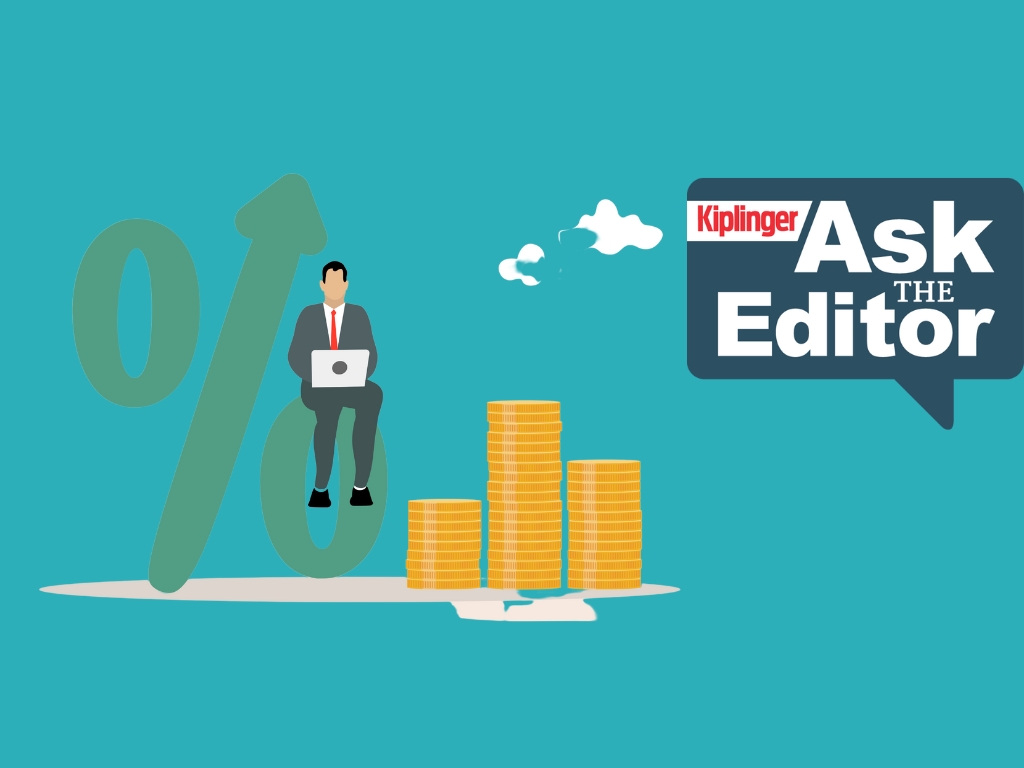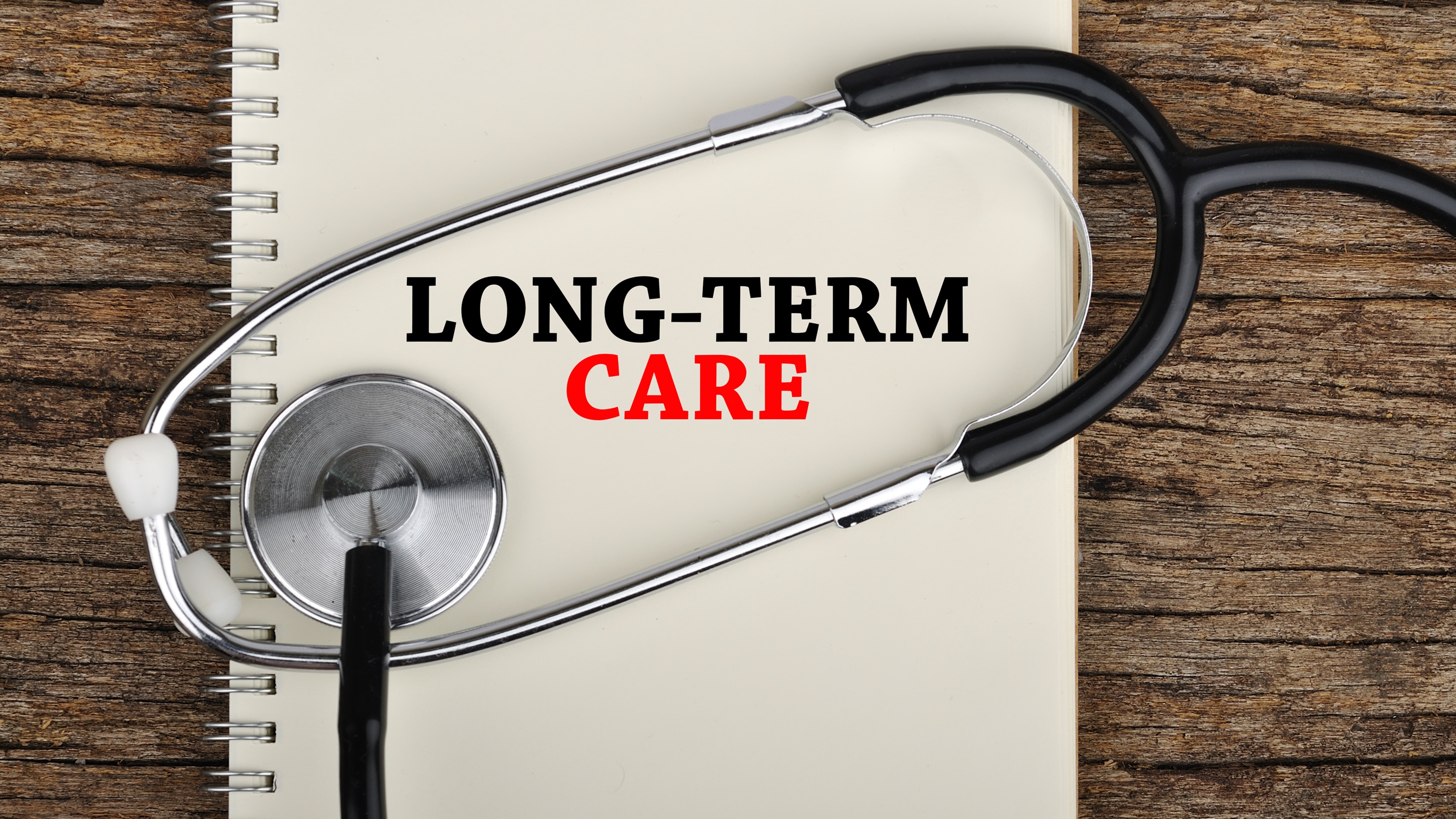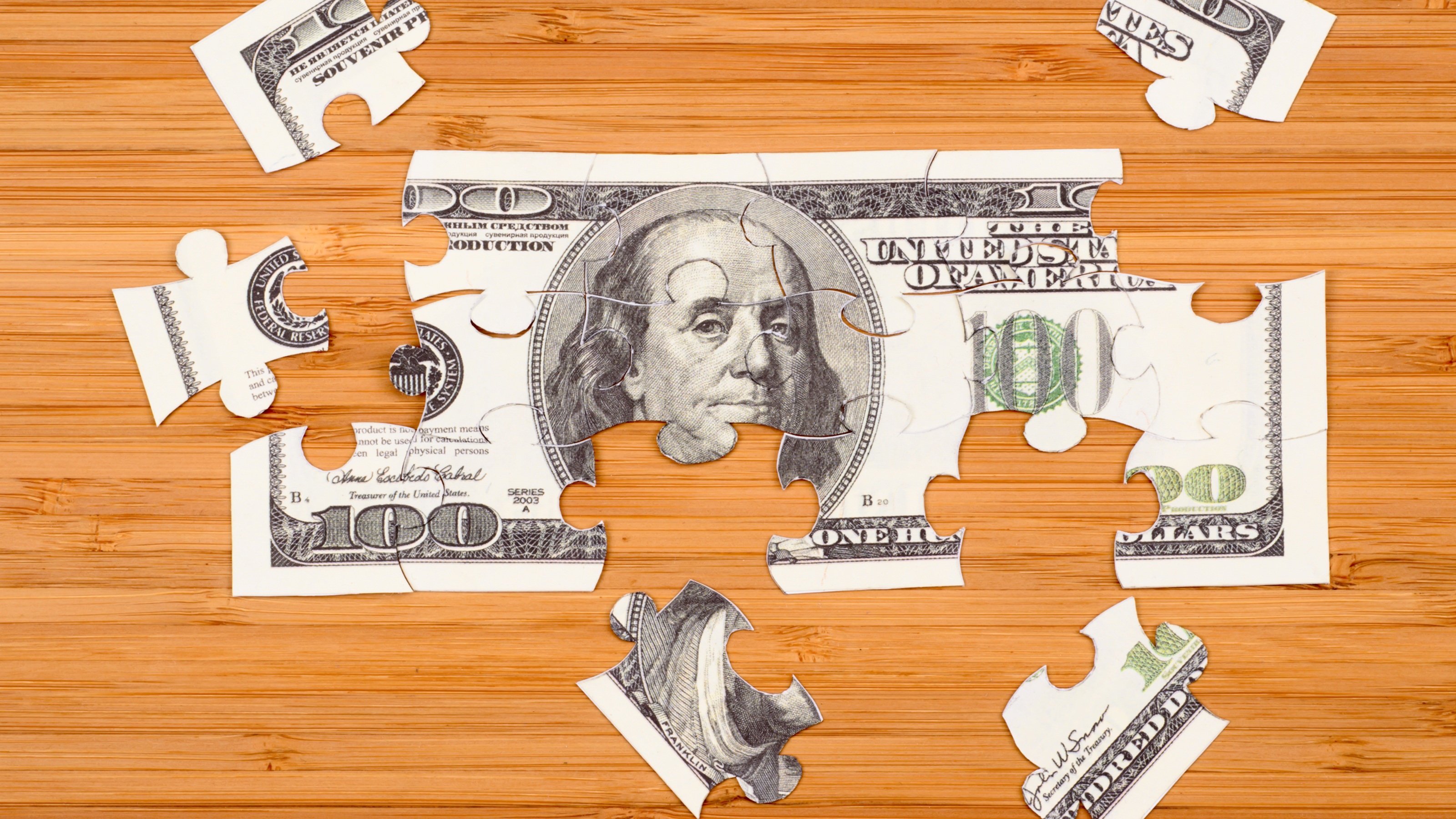Opportunity Cost or Opportunity Lost: What’s Your Risk Tolerance in a Down Market?
There's a cost in every choice you make. To make the best choices for yourself, you need to look at what you're getting and what you're giving up, and then factor in your own personal values.

Soda and chips – $5. It’s the kind of beckoning sign all of us have seen in the gas station window. The sugary, salty, zero nutrition temptation often proves too much for us — at least for me —and we suddenly find ourselves $5 poorer.
It’s an everyday example of what advisers call “opportunity cost” — the difference between the money spent and what could have happened with that money.
Instead of chips and a Coke, $5 could get you a movie download to watch with the kids, or another margarita if the money is diverted to your summer vacation fund. Every time you make a purchase, there is a cost of opportunity, financial and otherwise.

Sign up for Kiplinger’s Free E-Newsletters
Profit and prosper with the best of expert advice on investing, taxes, retirement, personal finance and more - straight to your e-mail.
Profit and prosper with the best of expert advice - straight to your e-mail.
Multiply that dollar amount by thousands, and you can see how the conversation is a bit more serious. Multiply your junk food purchases by thousands, and you’ll shorten your retirement considerably!
Opportunity cost is part of life, and as we navigate our way across some difficult financial terrain this year, we’re going to get a few bumped knees and find a few runs in our financial stockings. We need to account for and anticipate these strategic losses, and keep the larger picture in mind.
The Student Loan Example
Opportunity cost plays an important part in our financial behavior. Knowing our financial plan, and values that give it mooring can help us keep our opportunity costs in the right place and to a minimum.
One of the hardest financial itches to scratch in many Americans right now is student loans. Here I am, just starting my 40s, and I still have a student loan still on the books. I’m a financial adviser, how can I still have a student loan?
Easy. It’s a matter of opportunity cost and strategy. My student loan interest rate is 3% — slow-moving and slow-growing. The stock market long-term averages are around 9%. So for every dollar I put in my student loan versus into my investment accounts, there is an opportunity cost of 6%. Therefore, I’m going to prioritize investing and keep my student loan payments to a legal minimum.
Remember that Values, not Just Dollars, Drive Behavior
My choice of opportunity cost here is driven by my values. Personally, I’ve studied the markets and worked with them enough to know that long-term investing is the strategy I want to focus on. I’m emotionally at peace with having well-managed debt, in the form of student loans.
But I have friends who cannot stand to have even a dollar of debt. It makes them emotionally uneasy and distracts them from focusing on the big picture. Their compulsion will be to pay off or pay down the debt before they are able to focus somewhere else financially.
Pound for pound, when they consider the emotional energy burned up, rationally or otherwise, it makes sense for them to follow their values and pay their debt.
In a sense, we will lose opportunity cost either way, it’s just a matter of when. I will have to pay more interest on a longer student loan, and my friend will lose out on investing. I will end up with more dollars over time, but not without at least some cost.
The Exquisite Torture of Car Buying
The personal event I’m facing right now is car-buying. There are several creative medieval tortures I’d find more pleasant. From pushy sales people to hidden costs, I hate the process from the very beginning, but it’s necessary.
My current lease is up, and I don’t want to walk to work. That’s where opportunity cost comes in — it’s driven by necessity in this case, and I’m going to take some losses to get to my goal of having a vehicle.
I come to the lot with $30,000 I’ve managed to put together for a reliable four wheels to get me and my family around, nothing flashy. I have a few courses of action and opportunity cost associated with each choice I make.
Buy outright
I buy this sturdy vehicle free and clear. This frees up my monthly cash flow from having payments or lease installments. My opportunity cost: $30,000 gone.
Keep the money
High-yield money market accounts are paying around 2%. My opportunity cost: Not having a car!
Make a down payment and finance
It’s not breaking news that interest rates are pretty amazing right now. Dealers offer everything from 1.9% to 0% on loans. My opportunity cost: The initial $4,000 down payment.
Now, here’s where my personal preference and values come into play. The most attractive option I see is the third, which leaves me $26,000 to invest and make money on. Sure, there will be opportunity cost — I’ll pay more at the end of the five-year loan than I would if had I paid cash. I will also have the emotional irritant of a small debt and a monthly payment.
But, I think it will be worth it. I can live with managed debt, and I have enough faith in my investing ability to make $26,000 multiply in five years. Quarantine and virus news haven’t made this market very safe, so I could even put this money in cash and have it grow at least slightly. I could also half-and-half it between savings and investments, or dollar-cost average my way back into the market.
A Table Stake We Can Live With
Right now, emotions are running high. Any loss feels much worse than it is, and even the best gains don’t seem like much. If we are going to think and move strategically, there will be opportunity costs involved. But accepting that fact can free us up to work with our finances intelligently, knowing that markets recover and volatility passes.
Your risk tolerance is an important conversation with your adviser — how much risk can you live with? Your opportunity cost tolerance also needs to be factored in: How many eggs can you stand to break to make this souffle? This is a matter of knowing how finance works, but also of knowing yourself.
All of us, especially those in the high-net-worth category, will have to make some tough calls with some very real opportunity costs before this bear market is over. Knowing your values and tolerances now is vital to your preparation.
- Can you live with the cost of a Roth conversion now?
- Can you stick with your plan and stock/bond balance even when temporary sharp drops come along?
- Can you put off retirement for a year to lessen the sequence of returns risk?
Opportunity cost will be a larger part of life and financial planning in the near future, and it’s something we need to develop some comfort with. Accepting it can free up our minds and emotions for the strategy we’ll need in the days ahead.
Profit and prosper with the best of Kiplinger's advice on investing, taxes, retirement, personal finance and much more. Delivered daily. Enter your email in the box and click Sign Me Up.

Erin Wood has over two decades of experience humanizing financial planning. As SVP of Advanced Planning at AssetMark, Erin leads innovation for new wealth solutions, secures strategic industry relationships and oversees a team of specialists who work directly with advisers and their high-net-worth clients. Erin focuses on delivering tailored strategies for estate planning, tax efficiency, retirement planning and multigenerational wealth transfer to help financial advisers keep up with evolving client demands.
-
 Stock Market Today: Stocks Slip Ahead of Big Earnings, Inflation Week
Stock Market Today: Stocks Slip Ahead of Big Earnings, Inflation WeekPerhaps uncertainty about tariffs, inflation, interest rates and economic growth can only be answered with earnings.
-
 Ask the Editor — Tax Questions on "The One Big Beautiful Bill Act"
Ask the Editor — Tax Questions on "The One Big Beautiful Bill Act"Ask the Editor In this week's Ask the Editor Q&A, we answer tax questions from readers on the new tax law.
-
 I'm a Financial Planner: Here Are Some Long-Term Care Insurance Tips for Every Age
I'm a Financial Planner: Here Are Some Long-Term Care Insurance Tips for Every AgeStrategies include adding riders to life insurance for younger individuals and considering hybrid or traditional long-term care policies for those in their mid-50s and 60s.
-
 Engineering Reliable Retirement Income in 2025: An Expert Guide
Engineering Reliable Retirement Income in 2025: An Expert GuideFor dependable income, consider using a bucket strategy and annuities in tandem to promote structure, flexibility and peace of mind.
-
 Crazy Markets Shouldn't Derail Your Retirement if You Follow This Financial Pro's Plan
Crazy Markets Shouldn't Derail Your Retirement if You Follow This Financial Pro's PlanBeing nervous about retiring in a volatile market is a red flag that you're relying too heavily on your investment portfolio, rather than a comprehensive plan.
-
 Key to Financial Peace of Mind: Think 'What's Next?' Rather Than 'What If?'
Key to Financial Peace of Mind: Think 'What's Next?' Rather Than 'What If?'Even if you've hit your magic number for retirement, it's hard to stop worrying about money. Giving it a clear purpose is one way to reduce financial anxiety.
-
 Three Estate Planning Documents a Business Owner Can't Afford to Skip
Three Estate Planning Documents a Business Owner Can't Afford to SkipA business owner's estate plan should protect the company and its employees as well as the entrepreneur's heirs. These three documents are critical.
-
 Financial Fact vs Fiction: Why Your 'Magic Number' Isn't Actually Magical
Financial Fact vs Fiction: Why Your 'Magic Number' Isn't Actually MagicalDo you think you're diversified if you're invested in the S&P 500 and Nasdaq? Do you think your tax rate will fall in retirement? Think again — and read on for other myths that could be leading you astray.
-
 Opportunity Zones: An Expert Guide to the Changes in the One Big Beautiful Bill
Opportunity Zones: An Expert Guide to the Changes in the One Big Beautiful BillThe law makes opportunity zones permanent, creates enhanced tax benefits for rural investments and opens up new strategies for investors to combine community development with significant tax advantages.
-
 Five Ways Retirees Can Keep Perspective Through Market Jitters
Five Ways Retirees Can Keep Perspective Through Market JittersMarket volatility is a recurring event with historical precedents (the dot-com bubble, global financial crisis and pandemic), each followed by recovery. Here's how people who are near or in retirement can navigate economic uncertainty.